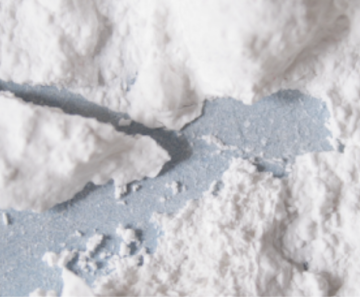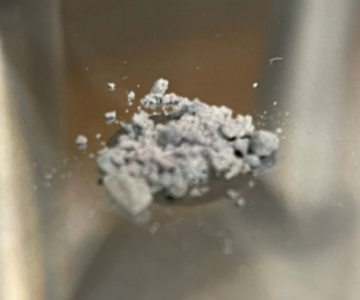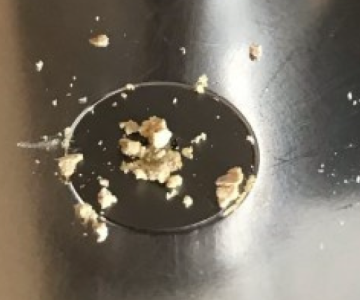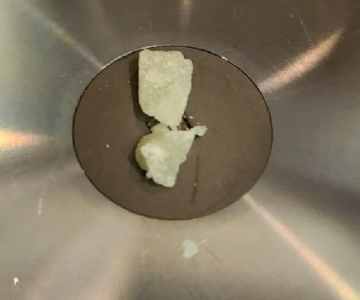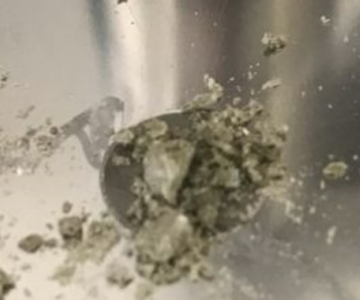Breadcrumb
- Home
- media
Explore Media
News Release
People in Kelowna and area will have increased access to medical imaging with the installation of a new 3T Magnetic Resonance Imaging (MRI) machine at Kelowna General Hospital (KGH) and the replacement of an existing 1.5T MRI machine.
“Our government has taken a number of steps to improve B.C.’s health-care system, including significantly improving access to MRI services across the province,” said Adrian Dix, Minister of Health. “The addition of the new MRI and replacement of the existing MRI at Kelowna General Hospital means shorter wait times and better treatment plans for people in Kelowna and surrounding communities.”
The machines bring new capacity to the region, increasing the number of MRI scans done at KGH from approximately 7,000 to 15,000 per year. It will also reduce the length of the scan, meaning shorter turnaround between patients, as well as higher-quality images. The state-of-the-art units have the ability to diagnose complex conditions, such as neurological disease, certain heart diseases and prostate cancer.
“By adding these new MRI machines, we’ll be able to reduce the time people are waiting to access these important diagnostic services,” said Susan Brown, Interior Health’s president and CEO.
The project cost is $30.7 million. The KGH Foundation is contributing $5 million, the Central Okanagan Regional Hospital District is contributing $10.3 million and the Province of British Columbia, through Interior Health, is contributing $15.4 million.
“We are grateful that the ministry has approved enhanced MRI capacity at Kelowna General Hospital,” said Allison Young, CEO, KGH Foundation. “It is important to provide advanced diagnostics closer to home for those in need in our communities. Fundraising for MRI is part of a larger fundraising commitment that the foundation announced earlier this month.”
After a competitive bidding process, Interior Health has awarded the construction management services contract to Bird Construction Group. Construction is anticipated to begin in the summer of 2023 and be complete in 2025. There will be no planned disruption in services during construction.
“Investing in cutting-edge technology and state-of-the-art equipment will help support the health-care sector and ensure residents get the care they need,” said Loyal Wooldridge, board chair, Central Okanagan Regional Hospital District. “I am proud to see this multimillion-dollar hospital district investment moving forward. It means people will wait less and receive better quality diagnostics, right here in the Central Okanagan.”
A backgrounder follows.
Toxic Drug Alert
Please see the attached document to learn more about the look, contamination, and risk associated with the current drug alert.
View more toxic drug, environmental, and COVID-19 alerts
Public Service Announcement
Merritt and area residents are advised of temporary changes to emergency department hours at Nicola Valley Hospital due to limited nursing availability.
From 7 a.m. to 7 p.m. on Sunday, April 9, emergency services will be unavailable and patients can access care at Royal Inland Hospital in Kamloops.
During this time, all other inpatient services will continue as normal at Nicola Valley Hospital.
People in the community who need life-threatening emergency care (i.e., chest pains, difficulty breathing, severe bleeding) should always call 911 for transport to the nearest available and appropriate facility.
Anyone unsure whether an emergency room visit is warranted can call HealthLink BC at 8-1-1, or visit www.HealthLinkBC.ca for non-emergency health information from nurses, dietitians and pharmacists 24 hours a day, seven days per week.
The emergency department in Merritt is normally open 24/7.
Toxic Drug Alert
Please see the attached document to learn more about the look, contamination, and risk associated with the current drug alert.
View more toxic drug, environmental, and COVID-19 alerts
Op-ed
Submitted by: Danielle Cameron, executive director, clinical operations community for Central Okanagan, Interior Health & Dr. Silvina Mema, medical health officer, Interior Health
Low-barrier services within reach of vulnerable people have never been more important than in the current toxic drug crisis.
Interior Health’s Outreach Urban Health (OUH) clinic serves some of the most vulnerable members of our community. These include individuals experiencing homelessness, people with mental health or substance use challenges, as well as people without access to traditional health-care services, such as new immigrants to Canada.
In March 2021, OUH relocated from across Leon Avenue to its new location at 1649 Pandosy St. In the new, larger space, the clinic brings together overdose prevention, mental health, substance use, and primary care under one roof, improving continuity of care and clients’ ability to navigate health services.
Being downtown and within walking distance to other agencies allows clients easy access to health services. Since opening, OUH has provided medical and preventive services that meet the specific needs of the downtown population and the BC Quality Council has recognized OUH for its work to strengthen health and wellness among the population it serves.
The COVID-19 pandemic and toxic drug emergency have disproportionately impacted marginalized and racialized populations resulting in unintended socio economic and health impacts. In the past few years, the number of individuals experiencing homelessness in B.C. increased, with 11.5 per cent more people reporting homelessness in 2021 compared to 2018.
As one of the fastest-growing metropolitan areas in Canada in 2021, Kelowna has seen a rapid increase in its population and escalating demand of health, shelter and social services. Regrettably, the number of individuals experiencing homelessness has increased as well, exacerbating negative perceptions, stigma, and discrimination towards people living with a mental illness or substance use disorder and experiences of poverty.
While the efforts of many groups to address current challenges have been tremendous, more work is needed to respond to the growing needs for adequate and safe space. Too many people have simply nowhere to go and as such congregate on the streets, including the area around OUH.
Interior Health shares the concerns about issues related to congregation of individuals on the sidewalks. Tackling homelessness requires work in partnership to address the social determinants of health where homelessness is rooted.
In the meantime, Interior Health is committed to being a good neighbour and will continue to work closely with the City of Kelowna, the RCMP, and other partners to mitigate impacts of congregation on the street.
Toxic Drug Alert
Please see the attached document to learn more about the look, contamination, and risk associated with the current drug alert.
View more toxic drug, environmental, and COVID-19 alerts
Toxic Drug Alert
Please see the attached document to learn more about the look, contamination, and risk associated with the current drug alert.
View more toxic drug, environmental, and COVID-19 alerts
Public Service Announcement
Oliver and area residents are advised of temporary changes to emergency department hours at South Okanagan General Hospital (SOGH) due to unexpected limited physician availability.
From 10 p.m. tonight, Wednesday, March 29 to 8 a.m. Thursday, March 30, emergency services will be unavailable and patients can access care at Penticton Regional Hospital.
During this time, all other inpatient services will continue as normal at South Okanagan General Hospital.
People in the community who need life-threatening emergency care (i.e., chest pains, difficulty breathing, severe bleeding) should always call 911 for transport to the nearest available and appropriate facility.
Anyone unsure whether an emergency room visit is warranted can call HealthLink BC at 8-1-1, or visit www.HealthLinkBC.ca for non-emergency health information from nurses, dietitians and pharmacists 24 hours a day, seven days per week.
The emergency department in Oliver is normally open 24/7.
Toxic Drug Alert
Please see the attached document to learn more about the look, contamination, and risk associated with the current drug alert.
View more toxic drug, environmental, and COVID-19 alerts
-
Load More
Showing 549 of 1083

